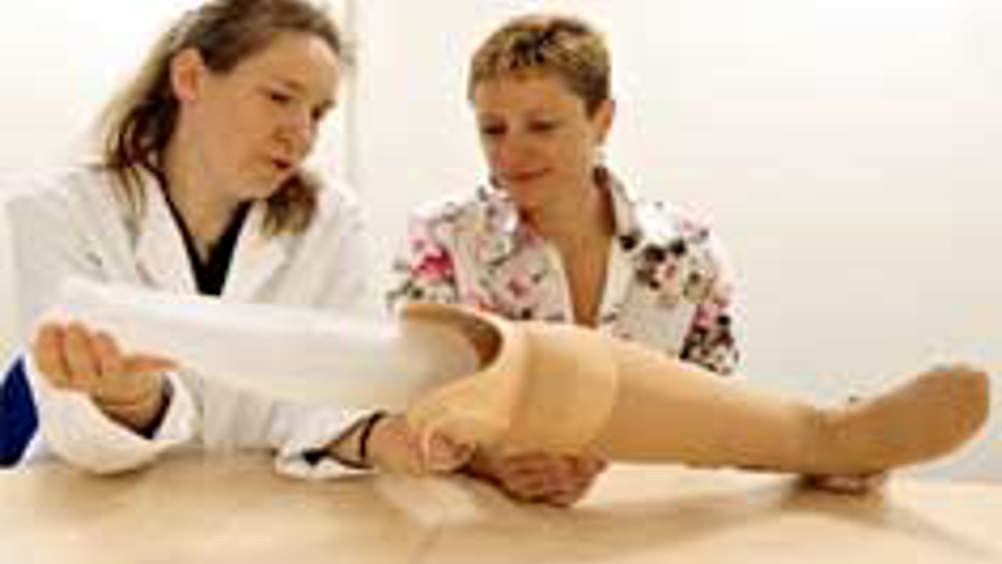Cosmetic covers to improve artificial limbs
Researchers at Strathclyde University are working on cosmetic covers for artificial limbs that are more durable and aesthetically pleasing than the existing polyurethane foam cosmesis.

Prof Jonathan Corney, principle researcher on the project, believes that the current solution restricts artificial limb performance. The difficulty, he claims, is in the uniform pore size of the polyurethane, causing the flexibility in the material to remain constant throughout.
‘Your typical NHS cover is really just a tube of foam that’s slapped on the top,’ said Corney. ‘You can imagine something that looks a bit like a sausage. Not only does it not look very convincing, but these things often last only a few months as a result of excess wear.’
The two-year project aims to use a combination of computational modelling, rapid prototyping and ultrasonic irradiation to customise the manipulation of the pore structure to replicate the flexibility and appearance of a human limb.
Corney said that ultrasonic waves cause particles of the irradiated medium to be set into vibrational motion, which causes the bubbles to pulsate creating a phenomenon known as ’stable cavitation’.
Register now to continue reading
Thanks for visiting The Engineer. You’ve now reached your monthly limit of news stories. Register for free to unlock unlimited access to all of our news coverage, as well as premium content including opinion, in-depth features and special reports.
Benefits of registering
-
In-depth insights and coverage of key emerging trends
-
Unrestricted access to special reports throughout the year
-
Daily technology news delivered straight to your inbox










Water Sector Talent Exodus Could Cripple The Sector
Well let´s do a little experiment. My last (10.4.25) half-yearly water/waste water bill from Severn Trent was £98.29. How much does not-for-profit Dŵr...